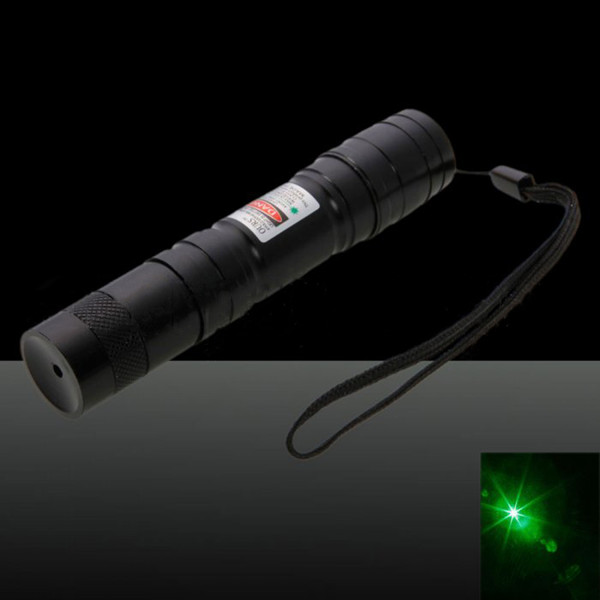Over the years, the short wavelength limit of laser diodes has moved from the red end of the visible spectrum to the near ultraviolet band. However, many applications, such as Raman spectroscopy for chemical and biochemical sensing, surface analysis, and medical applications, can benefit from the development of deep ultraviolet emission laser pointer diodes, which can be battery-powered and used in portable instruments .
The laser diode can be doubled and quadrupled to produce a narrow-band output deep ultraviolet light shorter than 193nm wavelength. Although these lasers are more compact and user-friendly than other types of deep ultraviolet light sources (such as excimer lasers), they are still not as small, simple, and low power as conventional laser diodes.
Recently, researchers at McGill University in Canada have fabricated an aluminum gallium nitride laser diode that can output deep ultraviolet light with a wavelength of 239 nm, operate at room temperature, and are electrically pumped. In addition, the prototype has a very low threshold current of about 0.35 mA. Simulation studies show that randomly distributed AlGaN nanowires can strongly constrain deep ultraviolet photons in the 240nm spectral region. The researchers determined the reverse tapered nanowire structure to minimize losses through the underlying silicon (Si) substrate.
In the manufacturing process, the nanowires are spontaneously formed on the Si substrate, and each has an n-GaN contact layer, an n-AlGaN cladding layer, an AlGaN active region, a p-AlGaN cladding layer, and a p-GaN contact layer The structure (shown in Figure 1). The researchers said that the repeated scattering of photons caused by the random arrangement of nanowires leads to interference, and therefore to strong localization of light.
The average fill factor of the nanowires is 0.55. Due to the non-uniformity of the nanowires and the imperfect manufacturing, actual current injection and laser operation only occur in about 50% of them. The calculated cavity volume and carrier recombination volume of a single nanowire are 0.627μm3 and 0.165μm3, respectively.
First, a room temperature photoluminescence (PL) study was performed using an excitation source with a wavelength of 193 nm. The obtained PL spectrum has an emission peak of 20 nm bandwidth at 246 nm, indicating an Al composition of up to 70% and good Al uniformity. The second peak at approximately 210 nm indicates that AlN shells are formed on the side walls of AlGaN nanowires, which helps to suppress non-radiative surface recombination.
Next, electro-injected laser diodes are manufactured by photolithography and metallization methods. The researchers measured room-temperature electroluminescence spectra below and above the laser threshold. Working below the threshold produces a broad emission spectrum. When the current reaches the 0.35mA threshold, the 239nm laser line begins to appear. At the threshold, the line width is about 0.9 nm, but as the current gradually increases to about 1.4 mA, the line width gradually increases to about 1.4 nm.
Researchers have previously demonstrated the electrical injection of nanowire deep ultraviolet lasers emitting at 262nm and 289nm. These green laser pointers have much higher compositional regulation, forming quantum dot-like structures, producing very low threshold currents of only a few tens of microamps. But because high-composition regulation suppresses shorter-wavelength laser emissions, the researchers had to increase the uniformity of the composition to produce laser emissions at 239 nm. The higher uniformity causes the quantum dot-like properties to disappear and raise the threshold current to 0.35mA. But the threshold current of 239nm is still quite low, which will help to realize laser-based, battery-powered deep ultraviolet instruments.
